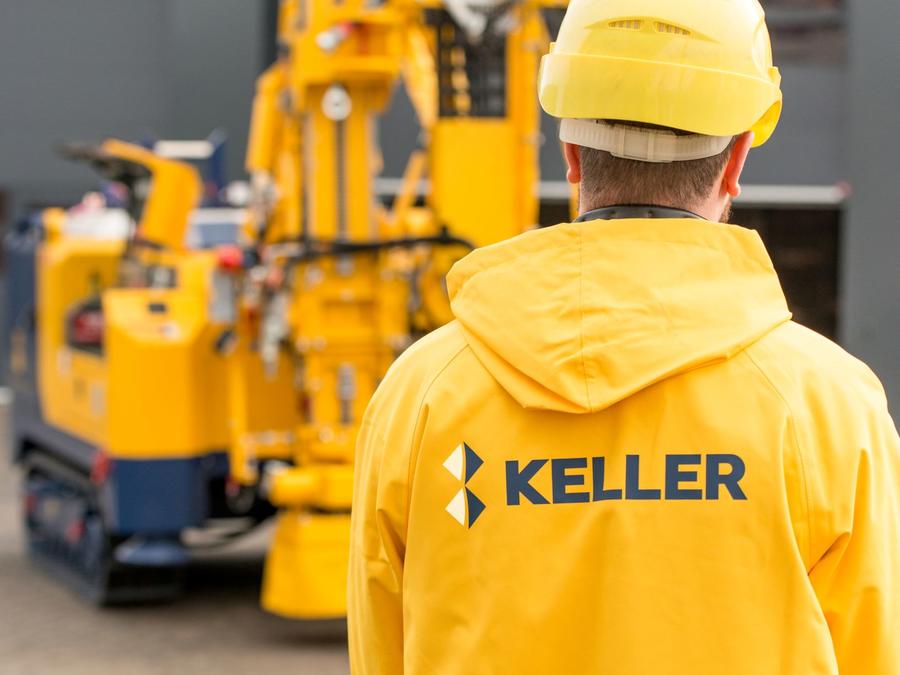Our affiliates
Learn more about our affiliate Keller companies.

Most of our clients contract with us on small jobs and delivering these on time, to high quality, every time is what builds our reputation and makes us the contractor of choice locally. As one of the globally connected companies of Keller, we also have the financial strength, know-how, capacity, and global reach to tackle larger and more demanding projects.
Learn more about our affiliate Keller companies.
Learn more about our 150+ year history.
Meet some of the people responsible for keeping us at the forefront of the industry.